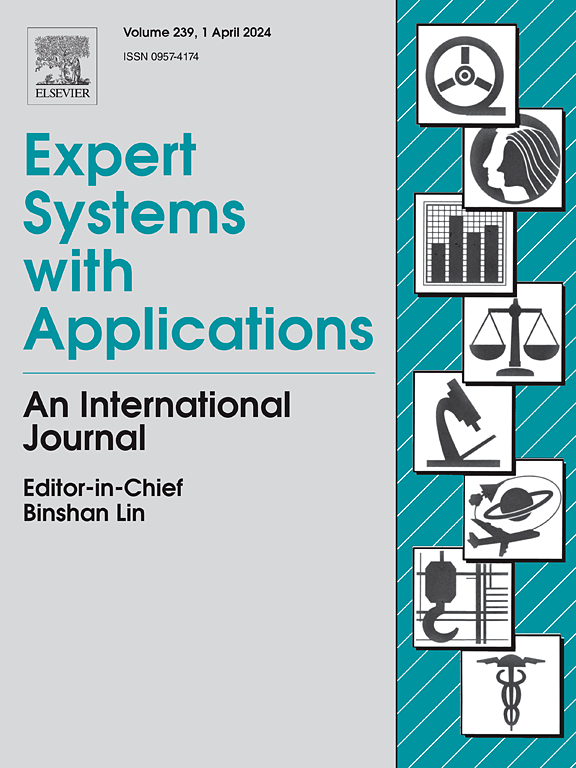Linearized circular energy curve color image segmentation based on Tsallis entropy
IF 7.5
1区 计算机科学
Q1 COMPUTER SCIENCE, ARTIFICIAL INTELLIGENCE
引用次数: 0
Abstract
Image processing is a continuously evolving field, and due to the fact that color images contain more information than grayscale images and are the most encountered type of images in daily life, the analysis and processing of color images are particularly important. The use of the H component of the HSI color space model to construct a circular histogram for selecting the optimal threshold is one method in color image segmentation. However, traditional circular histograms only reflect the pixel distribution of the entire image by statistically counting the frequency of pixel occurrences in the entire image, without considering the spatial context information of the image for optimal threshold selection. To address this drawback, we propose the method of circular energy curves (CEC). This method involves calculating energy curves on the H component to construct CEC. The optimal threshold is then selected based on these curves. To reduce the complexity of threshold selection for CEC and enhance their generality, we combine cumulative distribution functions with information energy, introducing the method of cumulative distribution information energy (CDF-IE) to determine the optimal breakpoint. After linearizing the circular energy curves (L-CEC), we use the Tsallis entropy thresholding method to achieve the optimal segmentation threshold selection for the H component CEC. To improve the effectiveness of the algorithm, we present the Tsallis entropy recursive algorithm after L-CEC, which reduces the time complexity. The proposed method in this paper, compared to the circular histogram method, achieves better image segmentation results and exhibits stronger applicability.
求助全文
约1分钟内获得全文
求助全文
来源期刊

Expert Systems with Applications
工程技术-工程:电子与电气
CiteScore
13.80
自引率
10.60%
发文量
2045
审稿时长
8.7 months
期刊介绍:
Expert Systems With Applications is an international journal dedicated to the exchange of information on expert and intelligent systems used globally in industry, government, and universities. The journal emphasizes original papers covering the design, development, testing, implementation, and management of these systems, offering practical guidelines. It spans various sectors such as finance, engineering, marketing, law, project management, information management, medicine, and more. The journal also welcomes papers on multi-agent systems, knowledge management, neural networks, knowledge discovery, data mining, and other related areas, excluding applications to military/defense systems.
 求助内容:
求助内容: 应助结果提醒方式:
应助结果提醒方式:


